Magnetic Door Sensors
Magnetic door sensors provide reliable intrusion detection through electromagnetic field monitoring technology. These security devices consist of two primary components: a magnetic reed switch and a corresponding magnet that work together to detect door and window openings in residential and commercial environments.
How Magnetic Door Sensors Function
Magnetic door sensors operate using a simple yet effective principle where a reed switch remains closed when positioned near a magnet. When a door opens and separates the magnet from the switch, the circuit breaks and triggers an alarm signal to the connected security system.
The detection mechanism includes:
- Reed Switch Component: Contains metallic contacts that close in magnetic fields
- Magnet Unit: Permanent magnet maintaining circuit closure when door is closed
- Wiring Connection: Low-voltage wiring connecting to alarm control panels
- Mounting Hardware: Brackets and screws for secure installation on door frames
This technology ensures immediate detection of unauthorized entry attempts while maintaining consistent performance across various environmental conditions.
Installation Requirements and Placement
Proper installation of magnetic door sensors requires careful attention to alignment and gap specifications. The sensor components must be positioned within 20mm of each other when the door is closed to maintain reliable magnetic field strength.
Installation Guidelines:
- Mount the reed switch on the stationary door frame
- Position the magnet on the moving door section
- Maintain parallel alignment between both components
- Ensure gap distance remains under 20mm for optimal performance
- Route wiring through concealed pathways to prevent tampering
Professional installation typically takes 15-30 minutes per sensor, depending on door construction and wiring requirements.
Compatibility with Security Systems
Magnetic door sensors integrate seamlessly with most modern alarm systems through standard normally closed (NC) or normally open (NO) contact configurations. These sensors work with:
Wired alarm panels, wireless security systems, smart home automation platforms, and commercial access control systems. The versatile design allows integration with both traditional hardwired installations and modern wireless security networks.
Technical Specifications and Performance
High-quality magnetic door sensors deliver consistent performance across extended operational periods. Key specifications include:
- Operating Voltage: 12-24V DC typical range
- Contact Rating: 0.5A maximum switching current
- Gap Sensitivity: Up to 20mm detection range
- Operating Temperature: -10°C to 50°C standard range
- Humidity Resistance: IP54 rating for moisture protection
The robust construction ensures reliable operation in various climatic conditions while maintaining precise detection capabilities.
Security Applications and Use Cases
Magnetic door sensors serve multiple security applications beyond basic intrusion detection. Common implementations include:
Residential entry doors, sliding patio doors, cabinet and safe monitoring, commercial storefront protection, and warehouse loading dock security. The sensors also function effectively for automated lighting systems and HVAC control integration.
Maintenance and Troubleshooting
Regular maintenance of magnetic door sensors involves periodic testing and cleaning to ensure optimal performance. Monthly testing verifies proper signal transmission to the alarm panel, while quarterly cleaning removes dust and debris from sensor surfaces.
Common Issues and Solutions:
- Misalignment causing false alarms requires adjustment of mounting position
- Weak magnetic field strength indicates need for component replacement
- Intermittent signals often result from loose wiring connections
- Weather-related malfunctions may require sealed housing upgrades
Proper maintenance extends sensor lifespan to 10-15 years under normal operating conditions.
Advanced Features and Technology Integration
Modern magnetic door sensors incorporate advanced features including tamper detection, wireless transmission capabilities, and smart home integration protocols. These enhancements provide:
Real-time status monitoring through mobile applications, automated notifications for security breaches, integration with video surveillance systems, and remote arming/disarming capabilities through connected platforms.



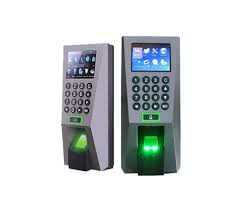
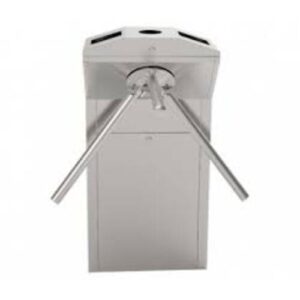


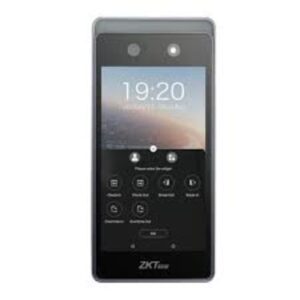
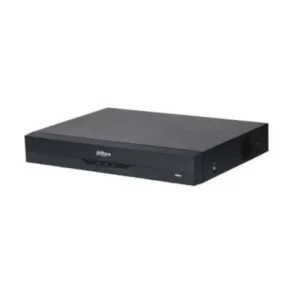
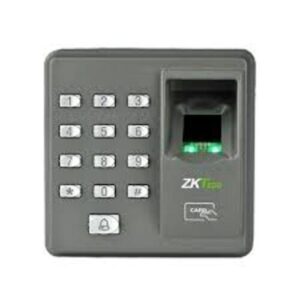
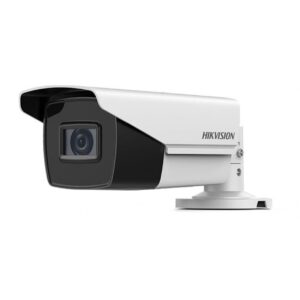
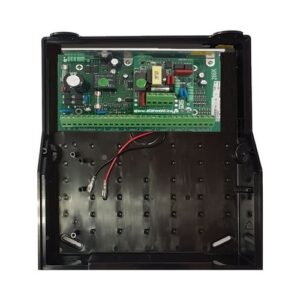
 No products in the cart.
No products in the cart. 
Reviews
There are no reviews yet.